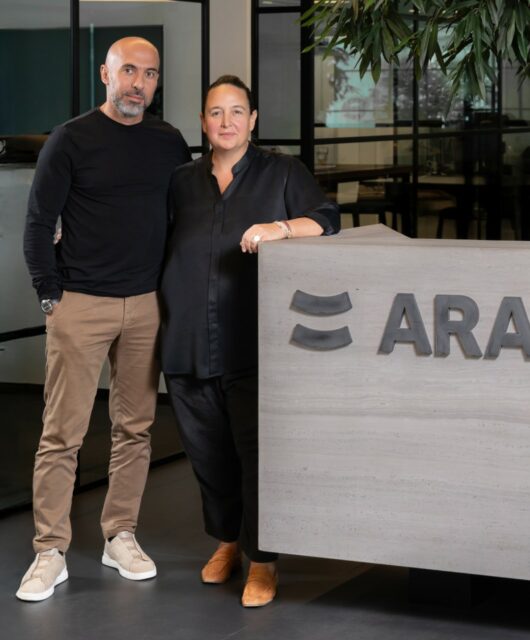Photo: Naji Atallah, Head of AEC and Manufacturing at Autodesk
The need for businesses and organisations to be resilient and adaptable was made crystal clear during 2020. As the pandemic progressed it became obvious that industries and sectors that were able to adjust the way they worked and operated would overcome the challenges created by the impact of Covid-19.
In the short to medium term what that meant for the Architecture, Engineering and Construction (AEC) industry last year was to conquer the immediate issues raised by the pandemic. Despite progress made with vaccinations in the UAE and around the world challenges remain, however. As such 2021 will see greater implementation of digitisation in business operations across the sector.
- Better design through data
2020 witnessed a rapid increase in digitization and that is set to continue this year. We are more rooted in the digital world than ever before. What’s making the digital transformation possible is better use of data. As the built environment captures more and more data, the design and build process will become increasingly outcomes focused. The Common Data Environment (or CDE) – with cloud data storage and document management – will extend from the project to the asset to support the movement of data through the full project lifecycle to include owners. The CDE is squarely in the middle of the design process empowering innovators to work with one single source of truth.
- Cloud cooperation to grow
Successful construction projects are made possible through a team effort. For deadlines to be met and projects to be completed on schedule teams must work closely together. Design and construction firms will continue the remote collaboration practices they adopted last year. In 2021, they will continue to push projects to the cloud at an accelerated rate, in pursuit of an end-to-end digital workflow. The last 12 months have allowed teams and companies to become accustomed to this method of working with many of the initial teething problems now ironed out. As businesses become increasingly comfortable in this way of working, they will become even more efficient and productive.
- An industrialized approach to construction
This approach means more than just using manufacturing techniques in construction, it’s about the convergence of industries, process, workflows and functional data within design, construction, manufacturing, and operation. The majority of contractors will adopt industrial construction techniques such as design for manufacture and assembly. In 2021 this will become an even more important element of the industry’s resilience as contractors realize that prefab construction dramatically accelerates project timelines.
- Automation will become integral to the industry
As the AEC industry is increasingly challenged to find the fittest solution in the shortest time, automation will become an integral part of the industry’s toolkit. The AEC industry now wants to get things done, faster. To have the ability to take the big, tedious design tasks and finish them in the time it takes to make a fresh pot of coffee.
This is where automation will play a central role. It will mean the focus can be on the design tasks that inspired someone to become a designer in the first place by enabling technology to automate the tedious tasks that can potentially limit the designer. Computational and generative design techniques and collaborative robotics will speed up the digital design and physical manufacturing processes. Embracing automation will get the industry a step closer to making their data work for them.
The future is digital for the AEC industry and it is already on the path toward that goal. Companies can no longer ignore this approach and must place adoption of such technologies as a high priority or risk being left behind. As 2020 showed, businesses in the construction sector must be agile and resilient to survive and the trends highlighted here will enable the AEC industry to do just that.








